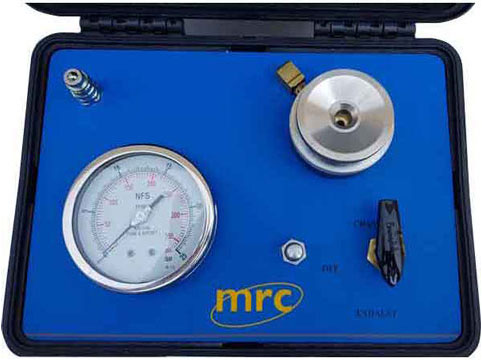Plants are one of the most important living organisms on our planet. They produce oxygen, provide food, and play a crucial role in regulating our climate. But have you ever wondered how plants survive in different environments, especially in areas where water is scarce? One of the key factors that enable plants to survive under such conditions is leaf water potential. In this article, we will discuss leaf water potential, its importance in plant physiology, and how it is measured.
What is Leaf Water Potential?
Leaf water potential is the measure of the amount of water available in a plant's leaves. It is defined as the potential energy of water in the leaf relative to pure water at atmospheric pressure and temperature. Leaf water potential is expressed in units of pressure, typically kilopascals (kPa).
Leaf water potential can be influenced by a variety of factors, including the soil moisture, air temperature, humidity, and wind speed. Plants rely on leaf water potential to maintain their shape, structure, and function. When a plant experiences water stress, its leaf water potential decreases, which can have negative impacts on the plant's growth and survival.

How is Leaf Water Potential Measured?
Leaf water potential is measured using a device called a pressure chamber. The pressure chamber is used to create a vacuum around a leaf, which causes water to evaporate from the leaf and the pressure inside the chamber to decrease. The pressure at which water starts to leak from the leaf is called the turgor loss point, and it is used to calculate the leaf water potential.

Factors Affecting Leaf Water Potential
Leaf water potential is influenced by several environmental factors, such as:
Soil Moisture
The amount of water available in the soil affects the water potential of the plant's leaves. In dry soil conditions, the plant may experience water stress, resulting in a decrease in leaf water potential.
Temperature
High temperatures increase the rate of water loss through transpiration, which can cause a decrease in leaf water potential.
Humidity
Low humidity levels increase the rate of transpiration, leading to a decrease in leaf water potential.
Wind Speed
High wind speeds increase the rate of transpiration, which can cause a decrease in leaf water potential.
Importance of Leaf Water Potential in Plant Physiology
Leaf water potential plays a critical role in plant physiology. It helps maintain the plant's shape and structure, allowing it to carry out essential functions such as photosynthesis, transpiration, and nutrient uptake. When a plant experiences water stress, its leaf water potential decreases, which can lead to wilting, leaf loss, and ultimately, death.
Additionally, leaf water potential is used by plants to regulate the opening and closing of stomata, which are small pores on the leaf surface that allow for gas exchange. When leaf water potential decreases, stomata close to reduce water loss through transpiration.
Significance of Leaf Water Potential in Agriculture
Understanding leaf water potential is essential in agriculture, where plants are often grown under water-limited conditions. By measuring leaf water potential, farmers can monitor their crops and take steps to prevent water stress, such as applying irrigation or reducing soil compaction.